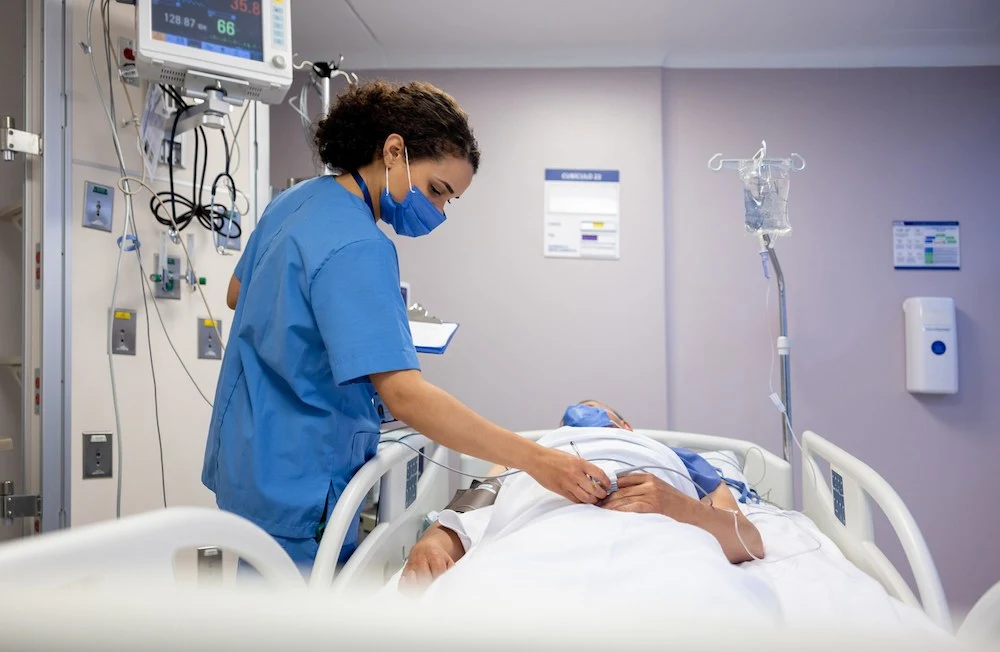Stroke is a leading cause of death and disability. Fever occurs in up to 90% of stroke patients within the first seven days and is linked to secondary brain injury and worse outcomes. For every 1°C increase in temperature, the odds of poor outcomes and short-term mortality increase by 2.2, particularly within the first 24 hours. Fever has a similarly negative impact on outcomes in subarachnoid and intracerebral haemorrhages, especially within the first 72 hours.
Previous studies focused on treating fever after it occurred or inducing hypothermia but failed to show significant benefits. Fever prevention may be more effective, as fever contributes to secondary brain injury through excitatory neurotransmitters and free radicals. Maintaining controlled normothermia to prevent fever could improve outcomes and reduce complications.
Current stroke guidelines recommend fever prevention and treatment, though its effectiveness in improving outcomes remains unclear. The INTREPID study evaluated fever prevention in stroke patients admitted to intensive care and its effect on functional recovery. The study enrolled 686 critically ill stroke patients and was conducted across 43 intensive care units in seven countries.
In this trial, 339 patients were randomised to a fever prevention group, where their body temperature was maintained at 37.0°C for 14 days or until ICU discharge using an automated surface temperature management device. Another 338 patients in the standard care group received tiered fever treatment only if their temperature reached 38°C or higher.
The primary outcome of the study was the daily mean fever burden, measured as the area under the temperature curve above 37.9°C, adjusted for the total hours in the acute phase and scaled to 24 hours (°C-hour). The principal secondary outcome was a 3-month functional recovery, assessed using a shift analysis of the 6-category modified Rankin Scale, ranging from 0 (no symptoms) to 6 (death). Major adverse events considered in the study included death, pneumonia, sepsis, and malignant cerebral oedema.
Of the 686 patients enrolled, 677 were randomised (254 with ischaemic stroke, 223 with intracerebral haemorrhage, and 200 with subarachnoid haemorrhage; 51% female; median age 62 years), with 433 (64%) completing the 12-month follow-up.
The fever prevention group had a significantly lower mean fever burden (0.37°C-hour) than the standard care group (0.73°C-hour). This difference was particularly significant for intracerebral haemorrhage and subarachnoid haemorrhage subtypes but not for ischaemic stroke. However, there was no significant difference in functional recovery at three months between the groups. Major adverse events occurred in 82.2% of patients in the fever prevention group compared to 75.9% in the standard care group, with similar rates of infections, cardiac disorders, and respiratory disorders between groups.
This trial found that preventive normothermia effectively reduced fever burden using an automated surface temperature management device. However, this approach did not improve functional outcomes in the study population.
Source: JAMA
Image Credit: iStock






